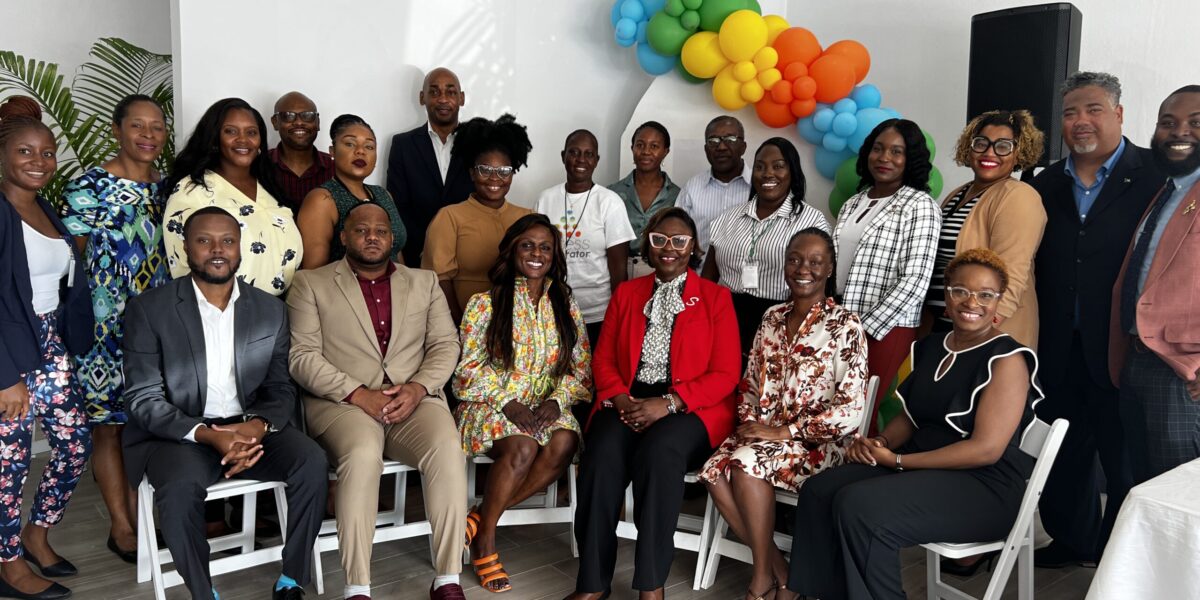Diversity, Equity, & Inclusion (DEI) is a vast and multidimensional topic that is gaining increasing attention in the business world. When we speak about diversity, we acknowledge all of the ways that people can differ: from gender to (dis)abilities, sexual orientation, age, socioeconomic status, ethnic background, religious beliefs and more. I once saw a definition of inclusion that I thought was wonderfully simple and succinct: “diversity in practice”. It is when we welcome, respect, and value people of different backgrounds. Equity can be thought of as leveling the playing field so that opportunities may be more proportionately distributed to all.
In honour of International Women’s Day on March 8th, let’s take a look specifically at the case of women in the workplace. In 2019, data released by The Bahamas’ Department of Statistics revealed some key findings:
- Despite achieving more advanced education, unemployment is higher amongst women than men.
- Women between the ages of 15 – 54 are more likely to be unemployed than men.
Beyond this, it has been globally recognized that women are underrepresented in some fields (such as Science, Technology, Engineering, and Math, or “STEM”) and that they are also disproportionately less visible in top leadership positions across industries. Further, compared to their male counterparts, women are known to receive lower pay.
Why does this matter? Making a Business Case for Gender Parity
The Human Resources Management Journal conducted a study that showed that employees prefer working in a more diverse environment and are less likely to leave them than workplaces with less diversity, which helps to curb employee turnover and its associated costs. An analysis of Fortune 500 companies by Catalyst demonstrated that businesses with more gender equality in leadership teams had over one third better return on equity than more homogeneous companies. This was mirrored by an investigation by Ernst & Young which revealed greater returns on equity and investments for businesses across the globe that had more diverse leadership.
So how can you improve gender parity in your business? Here are a few tips:
-
Review your hiring processes. Are you using inclusive language in your job advertisements? Are you removing any possible bias from interviews and your selection process?
-
Provide flexible work options. More often than not, women are primary caregivers in families. Companies that offer flexibility in hours, work-from-home opportunities, and encourage work/life balance stand to attract and retain more female employees.
-
Remove the gender pay gap. Analyze salaries in your company and determine whether there are any unsubstantiated differences in pay for women and men for the same roles and if there are, correct it!
-
Conduct diversity training. Ensure that your team members are sensitized to gender parity and DEI as a whole. This will also help to remove possible unconscious biases.
-
Create a diversity policy. Support the above points by documenting the inclusive practices in your organization and sharing it amongst all employees.
A more gender-diverse team is a stronger team. So while we celebrate International Women’s Day, let’s ensure that where needed, we truly #BreakTheBias and effect real and lasting change in our business practices not just for one day, but every day. X




